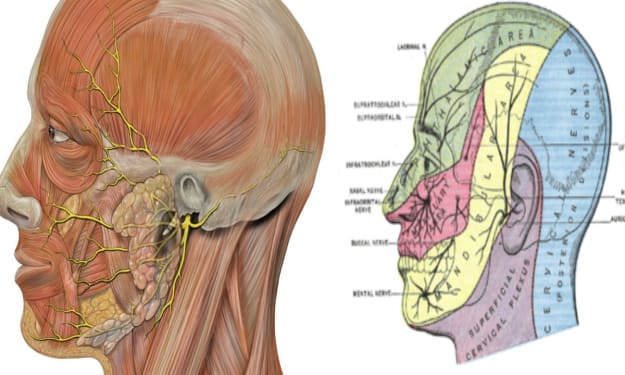Standards of EHR
Standards, Types and Potential liability risks associated with the use of an EHR system

Electronic health records are electronic versions of a patient's medical records. The main components of an electronic medical record include administrative functions, computer-assisted recording of physician orders, laboratory systems, radiology systems, pharmacy systems, and clinical documentation.
EHR Standards:
The EHR standards are created to certify that electronic medical records are useful; to ensure that EHRs have the necessary technical skills and safety precautions.
Another purpose of the standards is to facilitate the interoperability of the following interoperability standards:
Health Level Seven International (HL7), a set of international criteria for the transfer of clinical and administrative data.
Enables users to create applications that can run in a healthcare system, including electronic health records
Fast Healthcare Interoperability Resources (FHIR), a suite of web-based tools included with HL7
SMART Health IT, an open, standards-based technology platform that enables people to create applications that can run in a healthcare system, including HCE(Health Care Executive).
Types of EHR Systems:
1. Physician-hosted System:
Physician-hosted systems essentially mean that all data is hosted on a physician's servers.
This means that a doctor is responsible for purchasing hardware and software, as well as the ongoing maintenance and security of the data stored on their servers.
2. Remotely-hosted System:
Remotely hosted systems transfer data storage from the physician to a third party.
This entity must take care of maintenance, data backup and security.
This type of system places the responsibility for keeping data away from a single doctor or medical office.
3. Remote Systems:
Below are three different varieties of remote systems:
Subsidized:
A subsidized system involves a relationship with an entity that subsidizes the cost of an EHR. Usually, a doctor establishes this relationship with a hospital, which then verifies the data.
Be aware that a remote system involving a granting entity can raise certain issues, including antitrust and data ownership issues.
Dedicated:
A dedicated host system means physicians store EHRs on a provider's servers. These servers are usually located in specific locations.
A physician cannot control most of the data storage functions with this system
Cloud:
One of the most popular EHR remote systems is a cloud-based or internet-based computer system. A doctor does not need to store data on their own servers, but a provider stores it "in the cloud". This means that the data is always stored in a secure location on the internet and can be accessed through the provider's website.
Potential liability risks associated with the use of an EHR system:
Confidentiality and security:
To protect their patients, a physician should know the terms of his agreement with any EHR provider. This includes knowing where your case data is stored and who can access that data.
Choose a provider that strictly adheres to all federal conditions and requirements for privacy and security of personal and health information.
Unauthorized access to patient data is also a huge responsibility. Appropriate training in the use of the EHR for employees ensures continued data security and no violation of patient privacy.
Data entry and integrity:
An EHR system cannot be as accurate as the information entered into it. If incorrect information is entered it could compromise the efficiency of the entire system.
Make sure to emphasize that the information was entered correctly for the correct patient and that the correct author is credited for entering the data.
Otherwise, there is no easy way to determine which doctor or staff member has recorded certain important information
Too much information:
Likewise, too much information can lead to difficulties with an electronic health record. You must print the patient data for periodic evaluation.
Look at a file from the perspective of someone new to the patient's history. You may be adding too much information if you cannot analyze the relevant information quickly and easily.






Comments (1)
Great article, thanks. Just read a similar post - https://www.cleveroad.com/blog/how-to-create-emr-ehr-system/. It states that the price of ehr system development is about $45,000, do you agree with this assessment?